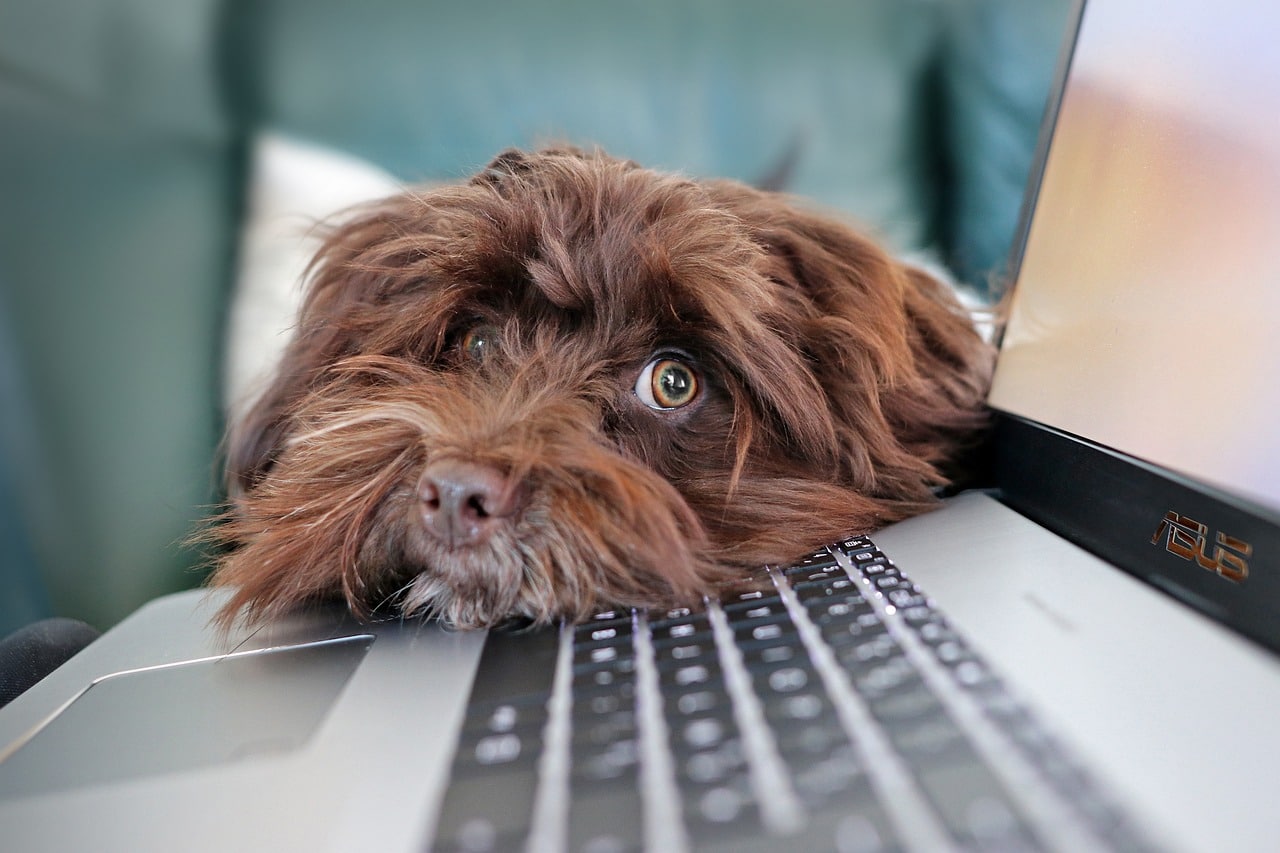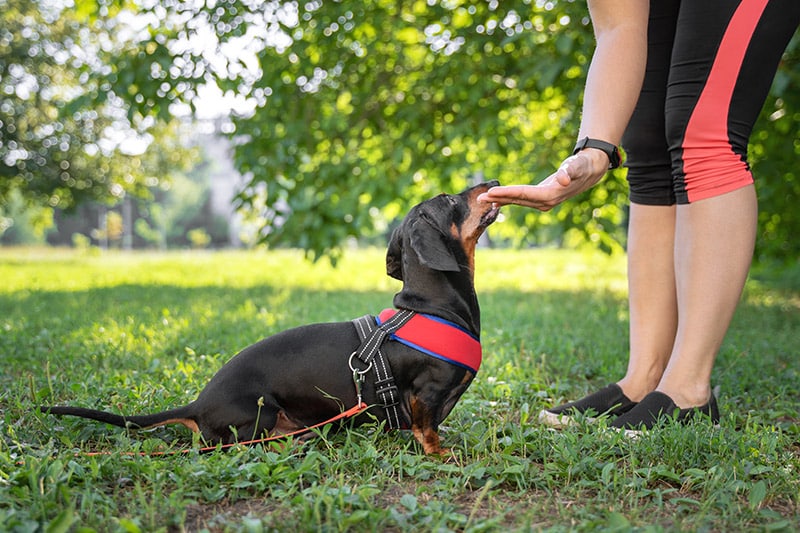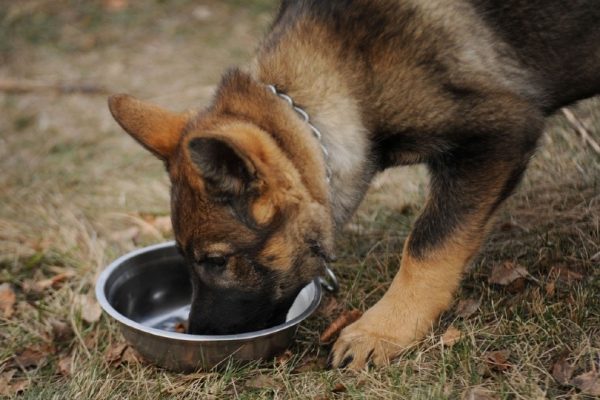If you’re looking for extra cash and love spending time with animals, pet sitting can be a wonderful part-time or even full-time job. Pet ownership is on the rise, and that means more people need sitters while they handle chores, go to work, run errands, or deal with an emergency, so it is a great time to start a business in this field.
If it sounds interesting to you but you aren’t sure how to get started, read on for a straightforward step-by-step guide! We also answer frequently asked questions, so you can see if this is a good opportunity for you.

Before You Begin
Before you get started, it’s a good idea to sit down and thoroughly consider if this is the right job for you. Pet sitting requires you to truly love pets, have plenty of patience, and be good at dealing with the various personalities that you will encounter from people and their pets. It likely will also require long hours and working weekends and holidays, especially at first. You might also want to spend time working for a similar organization to gain experience and meet local pets, to see how you like it.

The 14 Steps to Becoming a Pet Sitter
1. Analyze the Market
Try to analyze the market in your area to see if there will be demand for a pet sitter. Good indicators include many pet owners but no or few other pet-sitting options that customers might use. An even better sign is hearing people complaining that they need pet-sitting services. You can also ask around to see what people who have pets think about the idea. Multiple pet-sitting services in your area can be a good indication that the job can be lucrative, but it might be harder to get started due to the competition.

2. Decide What Services You Will Offer
Once you determine that there is a market for pet sitting in your area, consider what services you will offer. Common ones include overnight stays, walks, and special care for elderly pets. You will also need to decide if you will pet sit at your home or your customers.
3. Choose Your Business Structure
With a good business plan, you can start to think about what structure you will use. There are four business structures available in the United States: sole proprietorship, partnership, limited liability, and cooperation. This will determine how you pay taxes and your liability to cover debts owed by your company.

4. Obtain Required Licenses and Permits
Check with your local Chamber of Commerce and other local authorities to learn about any permits or licenses that you will need to obtain. Each location may have different requirements, but many require a general business license, and some may also require a pet-sitting license.
5. Get Insurance
Before you open for business, obtain insurance to protect you from lawsuits and other issues. General liability insurance and professional liability insurance are common for pet sitters, but talking with an insurance agent from your preferred company can help ensure that you have the coverage that you need.

6. Choose Your Business Name
If you haven’t already, decide on your business name. Try to choose something catchy and easy to remember, and create a logo to go along with it. You also want it to be unique, so don’t pick a name that’s too similar to someone else’s.
7. Set up an Online Presence
Creating a website and setting up social media accounts can be a great way to get your name out to the community. These will also help potential clients learn about what services you offer and when you are available without needing to contact you directly. Having these items also helps your pet sitter business look more professional.

8. Start Networking
A great way to get new clients is to network with other local businesses. Get friendly with business owners of local pet stores, veterinarians, and groomers, and promote each other for mutual success.
9. Set Your Prices
Research other pet-sitting businesses that offer similar services to learn what they are charging. Keep your prices in line, as charging too little might cause clients to see your business as unprofessional while charging too much will drive them away.

10. Create a Booking System
To keep track of client information, accounting, schedules, and other administrative details, you will need an efficient booking system. Becoming familiar with a database or spreadsheet can be a huge help, and several apps and online services can help you with these tasks.
11. Improve Your Knowledge and Skills
Be vigilant about constantly improving your knowledge about pets. Gaining a solid understanding of canine behavior, basic training techniques, and first aid for pets is essential, and obtaining new training and certifications will help attract new clients and allow you to charge higher fees.

12. Acquire Supplies and Equipment
Ensure that you have all the tools and supplies that you will need to be an effective pet sitter. Leashes, waste bags, and treats will be in constant demand. You will also need cleaning supplies, food bowls, and water fountains. Take time to consider your necessities before you open for business.
13. Be Consistent and Reliable
Always ensure that you consistently provide high-quality care when pet sitting. Being consistent and reliable with your services is one of the best ways to increase the number of customers that you have.

14. Seek Feedback
Try to get feedback from your clients, and pay attention to the results you obtain. Fixing things that many people complain about will help you get more customers and let existing ones know that you care about their opinions, which can foster stronger brand loyalty.

Frequently Asked Questions
Do I Need Any Certifications to Start a Dog-Sitting Business?
Certification is not always required depending on the services that you are offering, but obtaining specialized training and certificates can help you look more professional and allow you to charge more money. These include pet first aid, CPR, and professional pet sitting. Organizations like Pet Sitters International and the National Association of Professional Pet Sitters offer these and other certifications.
What Kind of Problems Might I Encounter, and How Can I Prepare for Them?
Injuries, last-minute cancellations, hostile personalities, aggressive dogs, etc., are just a few of the problems that you will likely need to deal with when operating a pet-sitting business. Improving your knowledge about animal behavior and setting up strict policies can help you reduce the frequency of these problems.

Can I Start a Dog-Sitting Business From Home?
Many dog-sitting businesses are home-based, making it an ideal job for people who spend most of their time there. As long as your house is pet-friendly, you should be good to go. However, it can be a good idea to check with the local officials to see if you need any permits. Some areas might require you to get permission from your neighbors before you open for business.

Conclusion
Starting a pet-sitting business can be quite lucrative and great fun if you enjoy spending time with animals. The best part is that you can usually get started right from home. Analyze the market in your area to ensure that there are plenty of people with pets who might want to take advantage of your services, then choose your business structure and obtain any licenses or certifications that you need. Pick your name, research prices in your area, and start to develop an online presence to attract new clients.
Obtaining official certifications and training and staying consistent and reliable when providing your services will help you grow your small business into a career.
See Also:
- Things To Let Your New Dog Sitter Know About Your Pet
- International Dogsitting 101: How to Get Started & Helpful Tips
Featured Image Credit: Bachkova Natalia, Shutterstock


















